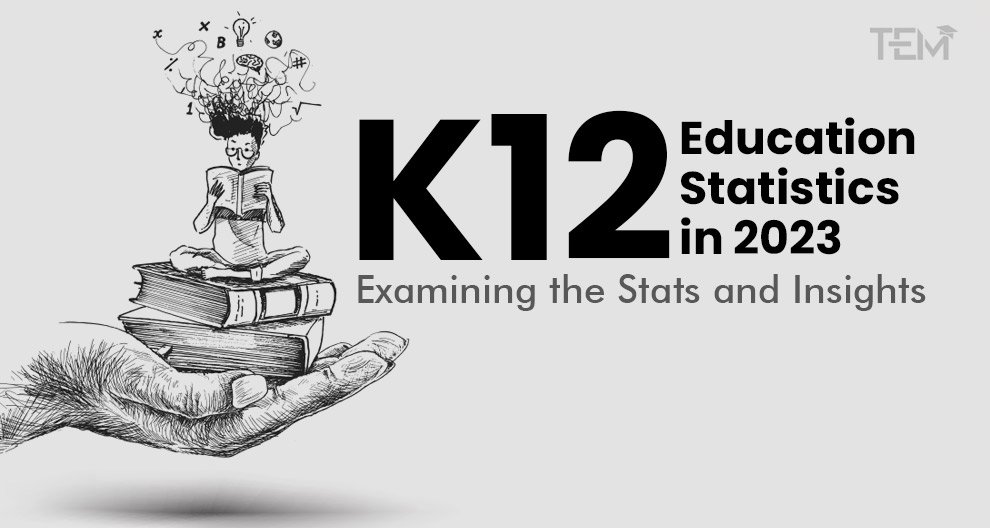Growing up in this digital era, people have four square meals a day: breakfast, lunch, dinner, and media. It is part of almost every family’s ritual. Every morning, the newspaper is delivered to homes, still smelling of fresh newsprint, and in the evening without fail old folks turn on the TV to watch the news. Obeying curiosity, they always look for the most important news of the day. Now the behavior towards consuming information has been changed that termed as ‘trend.’ Convergence journalism has changed the patterns of social interaction including news consumption, e-commerce spectrum, and use of technology, embedded in media channels especially in social networks known as mediatization.
Media convergence, a meta trend
Convergence journalism is defined as combining all the platforms of the media industry, i.e., print, television, social media platforms, and radio. Journalism has gone through an evolution of media platforms. Television is not only television anymore, now it incorporates mediums such as print journalism and social media that need to be updated on those platforms all the time. The course of the day requires taking new information that comes and returning it around and making suitable for each one of those platforms. Reporters and the outlets they work for has represented the gold standard in news: fast, accurate, and reliable.
The fundamental change described as convergence in the media landscape has happened in the last decade. Today convergence is seen in a broader way that involves a series of ongoing discontinuities in technology, infrastructure, consumer behavior, and competitive dynamics. These are creating new competitors and business models and are redefining a vast number of industries besides media, telecommunications, and technology.
Convergence in news writing and reporting
As discussed above, mediatization has empowered journalists to project his/her narrative skills to a cross-media environment including a synopsis for mobile phones and tabs. Today, an independent journalist is required to shoot, crop, edit, and put captions in pictures; record, edit and publish audio reports and podcasts; shoot and edit video, create packages and stream live reports, interact with user-generated content; sub-edit, proofread and headlining, including search engine optimization; interview and do online research; geo-tagging, geo-coding, and geo-broadcasting. Through these, stories that have been historically ignored by the media are now getting attention.
Cross-media news writing is different from producing for broadcast media and print news. Comparing both, today’s web journalism is based on demand, offers immediacy and impact (sound, visuals, and emotions) while traditional print journalism offers depth, detail, and permanence. For cross-media news writing, a story must be interactive and innovative which often follows a non-linear approach. It means that instead of developing a rigidly structured single narrative, a journalist chooses to navigate through the elements of story combining text, still photographs, video clips, audio, graphics, and interactivity such as online/offline polls or blogs in such a fashion that each medium is complimentary.
Media discontinuities
It has become harder to predict developments in media markets, evolutionary trends in technology and consumer behavior have been replaced by disruptive changes. One easily visible example can be seen in the redefinition of business models in the music industry through legal (and illegal) downloads. The changed definition brought strategic planning into the light of media companies. The traditional long term perspective is no longer suitable and needs to be replaced by new ways to observe trends in established companies’ environment and to react on it with appropriate solutions for the customer’s needs.
Fewer interruptions and fewer news access come to ever change in technology. The longer an individual in media business the harder it is to stay out with technology because of continuous change in consumer behavior and media usage. Digitalization has diminished the costs of storage capacities, broadband networks, and open interfaces and standards that benefited applications like search engines, auction platforms, online social networks, local wikis, online designer shops, and blogs. Additionally, devices like smartphones and tablets, cloud computing, and software as a service shifts the main technological demands to mobility and connectivity.
Convergence for the academic programs
The academic syllabus of teaching journalism becomes more and more complex. It is often argued that “the market pressures transforming the journalistic field have changed academic fields.” The changes in the convergence journalism curriculum and the syllabus can be observed from the general perspective of the discipline of communication. The digitization has influenced the map of integrated communication curricula in all areas confining Communication Studies, Journalism, Mass Communication, Advertising, Public Relations, and Digital Media. Many discussions have concluded that especially journalism education is the one academic area within the discipline of communication which is mostly affected by convergence.
The need to change the curricula is due to the fact that the journalism field changes very dynamically. Professional standards and disciplines for cross-media publishing are less distinctive than in traditional media channels. Therefore, a more heterogeneous professional knowledge and experience of the learners becomes a must. It is obvious that in the age of convergence, practical skills training cannot be separated from the ability of students to utilize multi-media technology. Enriching the departmental curricula with new courses, as well as restructuring and updating the old ones in line with these new needs.
Conclusion: The convergence on the transformation of journalism curricula is not only limited to the introduction of practical skill courses, but it also requires course syllabi to be updated. Convergence journalism should also be seen as having cultural logic of its own, blurring the lines of biasedness between channels, forms and formats, and between creating media and using media culture.
Read Full Post 10 Best Media and Communication Institutes of 2020


